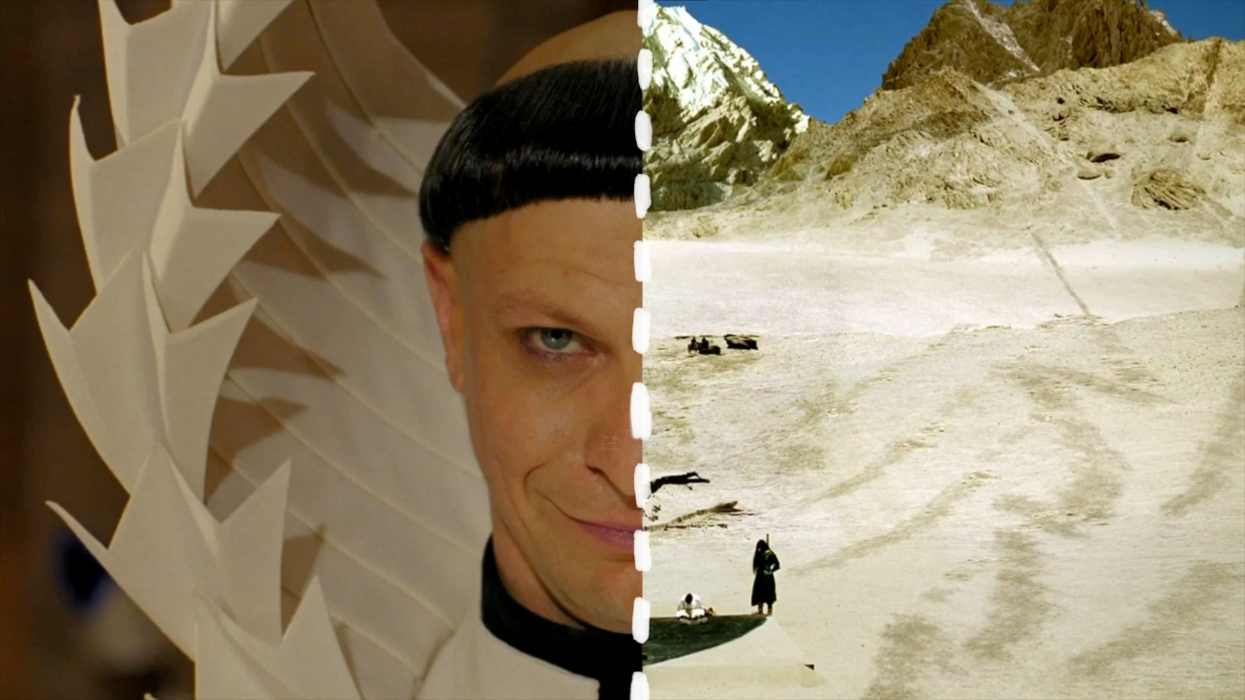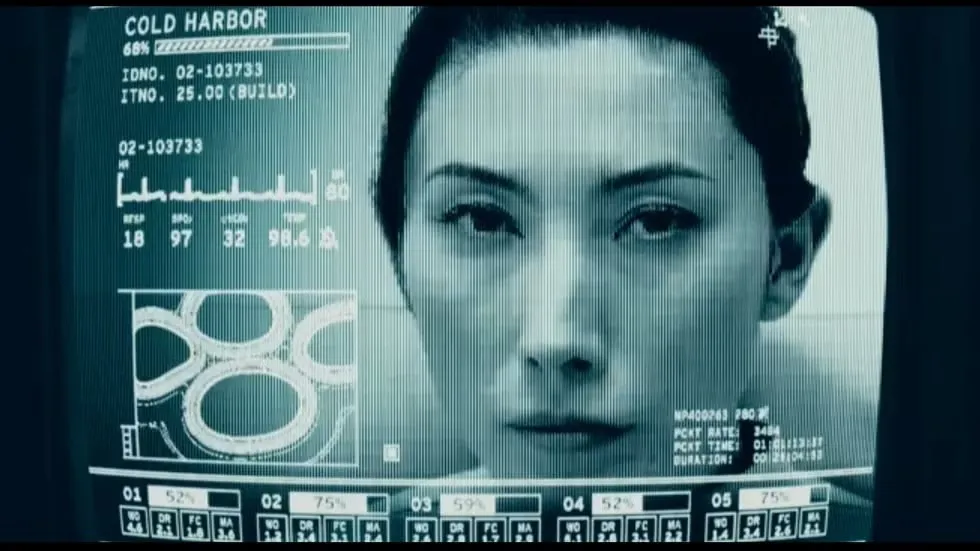How Your Favorite Filmmakers Use Match Cuts to Tell Stories
The match cut is a perfect example of the golden rule of filmmaking—to show and not tell.

Whether you are an aspiring filmmaker or a seasoned professional in the industry, the match cut should definitely be in your storytelling toolbox.
In theory, it is nothing more than just a simple editing technique. All you have to do is cut between two shots that share something in common, and you’ve got yourself a match cut.
But from Kubrick to Spielberg, when it is in the hands of someone with a true understanding of storytelling, the match cut turns into way more than just a simple cut—it's a powerful visual metaphor.
Check out my video for some examples, and let’s dive deeper into it.
To start, there are three main types of match cuts—graphic, audio, and movement.
Graphic Match Cut
With the graphic match cut, you focus one particular thing in the frame and change everything else between the shots. That could be a specific object, shape, or even a color.
Let’s take Titanic for example.
The movie starts with a group of scientists who explore a shipwreck at the bottom of the ocean. At some point, we need to go from the present day all the way back to 1912, and the way James Cameron did it is one of my favorite examples of a graphic match cut.
He perfectly matched the shot of the shipwreck to one from the day it set sail in its full glory.
That way, not only did he communicate that what we are currently seeing is a flashback, but also that the shipwreck from earlier is the same ship we are seeing now. No title cards needed.
The graphic match cut in general is a great way to show the passage of time. A character waiting at a train station for hours or an establishing shot of a house turning from night to day.
Audio Match Cut
With the audio match cut both shots are completely different visually, but what connects them is a similar sound, or a line of dialog.
It is a fantastic way to tie two scenes together. Sometimes the sound of a hammer can turn into a knock on the door, or a scream of a character can become police car sirens.
Movement Match Cut
For the movement match cut, the same camera motion, or action is carried between the shots.
It can be used to seamlessly switch to a different location and establish a logical coherence between the shots.
Sometimes it is the camera motion itself, or in other cases the motion of the actor or object in frame.
But as practical as it is, the true beauty of the match cut is in all the underlying storytelling that comes with it.
The Match Cut as a Visual Metaphor
One of the most iconic examples comes from the 1968 movie 2001: A Space Odyssey.
At the beginning of it, we see the very moment when an ape discovers that a bone can be used as a tool and a weapon.
He then throws it into the air and we get a match cut of a satellite.
Also a tool, but developed millions of years later.
By just doing this simple match cut, in a matter of seconds and without a single word being said, Kubrick shows us that one simple discovery put the beginning of civilization itself, and how ultimately connected they are.
Another great example comes from Pixar’s movie Up.
In this one, we see a match cut of the main character going from the funeral of his wife to his empty home, and that is more than enough to highlight just how lonely he feels there without her.
Get Creative with the Match Cut
And send a symbolic message, like what Charlie Chaplin did in his 1936 movie Modern Times when he cut from a herd of sheep to a group of people going to their dead-end jobs in the morning.
Or you can imply how a character is feeling by matching the shot of their home to one of a bird in a cage.
That’s when the match cut shines the most—when it has layers and a clear purpose behind it. It is not something that can happen by accident and the simplicity of it is part of what makes it so great.
So when you are working on your next story, keep in mind all the subtle ways you can add depth to it. Even with just a simple cut.
What are some of your favorite examples of a match cut? Let us know in the comments.




















